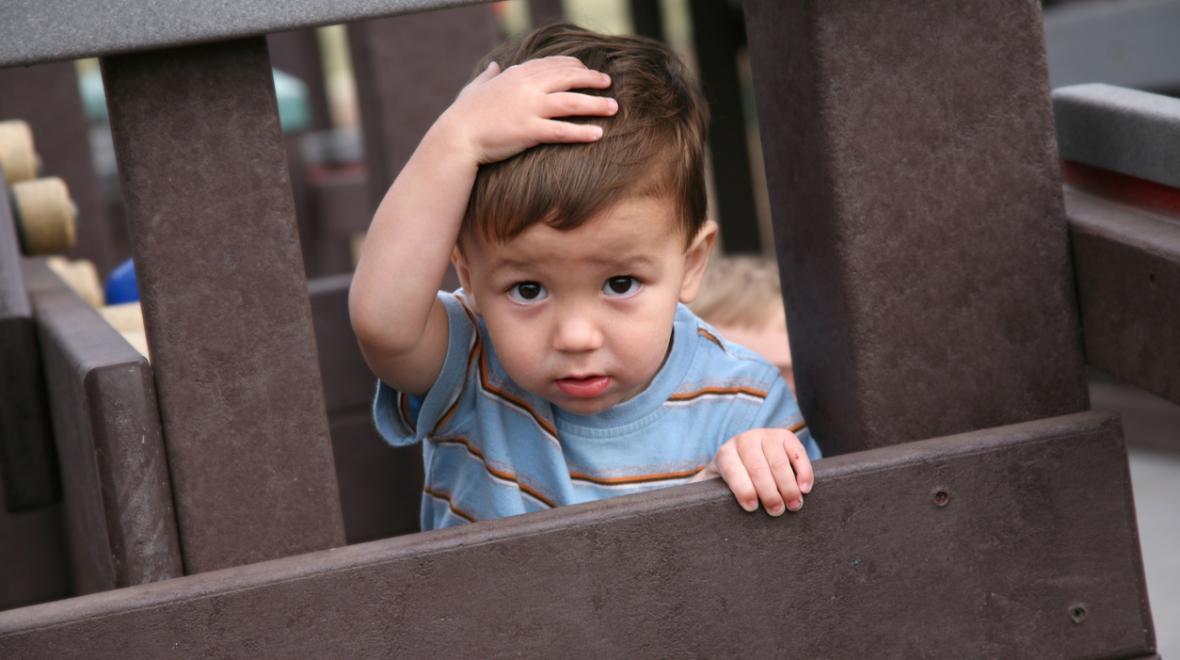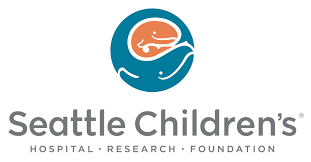
Editor's note: This article was sponsored by Seattle Children's Hospital.
Most kids don’t make it out of toddlerhood without a bump or two to the noggin, making head injuries one of the most common childhood injuries. They’re also one of the most frightening. While most head bumps don’t cause long-term harm, serious head injuries are one of the most common causes of death and disability in children. Some children seem to get more than their share: Head injuries are more common in teens, children experiencing abuse and kids who play sports, and are twice as common in boys than in girls.
Determining whether your child needs immediate medical care after a fall can be confusing, because childhood head injuries can be much more — or much less — serious than they seem at first. While minor injuries such as bruises, bumps and small cuts can trigger plenty of blood and tears, something like a skull fracture may be less obvious at first glance.
Read on for expert advice on what to watch for, when to worry, and whether to take your child to urgent care or the emergency department following a fall, bump, bruise or another head injury.
Bump, bruise, scrape
Most head injuries are actually scalp injuries, involving a bump or scrape that’s no more than skin-deep. They’re painful (for kids and caregivers) and messy but heal without incident. “Most of the time, when toddlers and young children bump their head from a trip or fall from standing height, the fall usually only results in these sorts of minor injuries,” says Jay Santos, M.D., medical director of Urgent Care Clinics for Seattle Children’s.
That means most head bumps can be treated at home with an ice pack and a hug from a parent or caregiver. But if you can’t effectively clean the wound at home — as may be the case with a gritty playground scrape — or you’re concerned that your child might need stitches, contact your child’s pediatrician or head to an urgent care clinic.
“Like bumps, bruises and scrapes, fixing cuts are a big part of what we do at urgent care clinics,” says Santos. “We do stitches quite commonly, and we have staples and skin glue, too, that can be used depending on the type of cut. We don’t have the ability to give sedation in an urgent care setting, but we can coach kids through pain control and distraction techniques.”
What to do: Comfort your child, gently clean the cut or scrape, and put an ice pack, piece of ice or a clean washcloth over the site of the injury.
What to look for: Normal behavior post-fall, such as crying, communicating and moving freely.
Where to go: Urgent care if you are worried your child might need stitches. Call 911 or go to the emergency department if your child has lost consciousness or seems to be struggling with normal movement, breathing or vision after the fall.
Concussion
Sometimes a fall or bump or blow to the head results in a concussion, the mildest form of brain injury. While this type of injury usually heals without causing permanent, long-term damage, any brain injury requires more specialized care and immediate medical attention. Caregivers should be aware of the signs of brain injury so they can act quickly if needed, notes Santos.
Dizziness, nausea or a mild headache are common signs of a concussion. Signs of more serious brain injury include being hard to wake up or keep awake, persistent vomiting, acting confused, slurring words, changes in balance or vision, or weakness of the arms or legs. Any of these, or a combination, warrant a visit to the emergency department. “Urgent care clinics can perform X-rays, but don’t have the advanced imaging, such as CAT scans, that you’d find in a hospital setting,” says Santos.
What to do: Watch your child closely for vomiting, blurry vision, drowsiness, confusion and sleeping more than normal in the first 2–24 hours after a fall.
What to look for: Any loss of consciousness, nausea, or trouble seeing or moving.
Where to go: If your child did not have a loss of consciousness and doesn’t have any of the signs of serious brain injury, you can call your primary care provider or be seen in urgent care. Call 911 or head to the emergency department if your child loses consciousness or shows other signs of serious injury after a fall.
Resources for families
Fracture
The bones that make up the skull protect the brain from injury during a fall, and usually the skull does its job well. But occasionally, a hard impact results in a break. Skull fractures are rare in children, accounting for just 1 to 2 percent of childhood head injuries, and they can be easy to miss: The primary symptom is headache, sometimes accompanied by a sore spot on the scalp at the site of the break. Skull fractures happen more often on the side or back of the head and are less common in the forehead.
Families should note that swelling of the scalp doesn’t indicate that there’s an injury to the skull bones or to the brain. Skull fractures usually don’t involve damage to the brain and heal easily, but merit examination and treatment by a health-care provider.
What to do: Insist on appropriate helmets and protective headgear to protect your child’s skull from fracture. After a head impact, comfort your child, treat any minor scrapes or cuts, put an ice pack over the area, and watch for behavior changes and reports of headache or pain.
What to look for: A headache, especially when paired with a tender spot on your child’s head.
Where to go: If your child doesn’t show signs of brain injury (such as a loss of consciousness, vomiting, or clear fluid coming out of the nose or mouth) but complains of a headache or tender spot on the head, call your child’s pediatrician or an urgent care clinic for guidance. Do not give pain medicine unless their doctor tells you to.
“At Seattle Children’s, we’re able to work together across clinics and locations to help determine the best option for treatment,” says Santos. “We have a really good sense of what we are capable of managing, and urgent care can perform an evaluation for most head injuries. If a child needs treatment that’s beyond our capabilities, we’ll recommend and arrange for care elsewhere, whether that’s the emergency department or specialty care. We have a bevy of options to get the best care possible for families.”
|
Sponsored by: |












